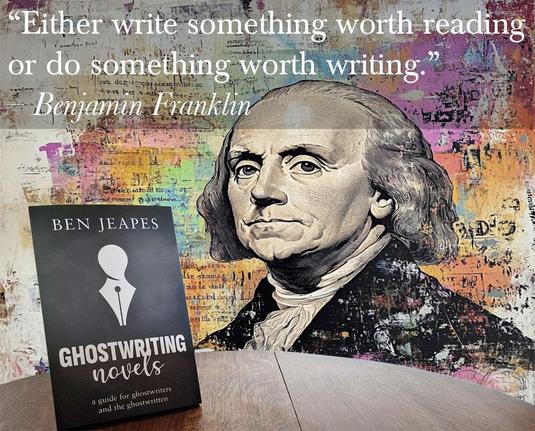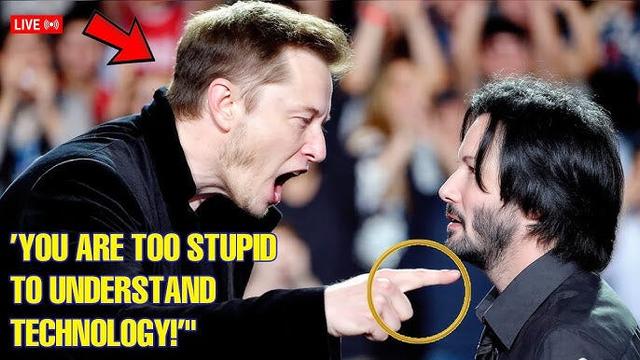Generative AI and the challenge of unbidden thoughts
The novelist Anne Mallot (1991: 138) describes how “unbidden, seemingly out of nowhere, a thought or image arrives” which will “float into your head like a goldfish, lovely, bright orange, and weightless, and you follow them like a child looking at an aquarium that was thought to be without fish. They’re often so rich, these unbidden thoughts, and so clear that they feel indelible. But I say write them all down anyway.”
Where do you write them down? Early in my research career I carried ornate notebooks around with me in which I recorded these thoughts as they emerged. At that stage they felt precious to me as the repositories in which my ideas would slowly gestate. I imagined that to lose them would be to lose the ideas, the precious elements through which I would eventually cobble together a thesis in a process which still seemed unsettlingly opaque to me.
So I’ve written it down. Now what? At the time of writing I have 6,303 posts on my research blog over a fourteen year period. I often recall something, usually a quote or an idea, which I then search for to find. I occasionally feel moved to read back through old posts, usually the things I have written in the last few weeks, though every so often going back to a particular year when I recall something I was working on but which I have since dropped. Otherwise the ideas sit inert on my blog, with the potential to make themselves known if someone else stumbles across them. There’s a value in having written them, in the sense that it embeds the idea into my psyche in a similar way to writing them in a physical notebook. I become someone who has thought that thought by virtue of having written it, in a way that simply registering the thought fails to do. But for the most part it simply gets the thought out of my head, into what the technologist Cory Doctorow (2008) describes as an ‘outboard brain’, before leaving it there.
Obviously a blog is not the only way in which academics might keep a file, to use the term favoured by C. Wright Mills (2000). It’s just an interesting one by virtue of its public and iterative character. The growth of knowledge management systems like Roam and Obsidian in recent years has been a fringe but notable feature of academic practice, enabling complex systems of notes to emerge which can be queried in a much more efficient way than I can work with my blog.
But collecting thoughts is only the beginning. How do we transform these fragments into coherent writing? This question has taken on new significance with the emergence of AI writing tools. The relationship between capturing ideas and developing them has been fundamentally altered by technologies that promise to help us articulate what we’re struggling to express.
The writing scholar Elbow (1981:26) recommends a practice of speedily recording everything “you can think of that might belong or pertain to your writing task: incidents that come to mind for your story, images for your poem, ideas and facts for your essay or report”. His advice is that you not “waste any time or energy on how to organize it, what to start with, paragraphing, wording, spelling, grammar, or any other matters of presentation”. Instead if “you can’t find the right word just leave a blank” and if “you can’t say it the way you want to say it, say it the wrong way”.
Using machine writing in this way involves plentiful writing. If you agonise over each word or sentence of a prompt, it will be a time consuming and difficult process which still fails to provide the model with sufficient guidance to reach its full capacity. In contrast if you can write quickly and plentifully, prioritising content over form, you provide the context which ensures that machine writing revolves around your intended project. It can be liberating to realise that this doesn’t have to be clear and coherent in the manner necessary for a human writer to comprehend you. Elbow (1981: 24) observes how the predictable misspeaking of his two year old son doesn’t cause a problem for the parents because “we hear through the externals of his language to the meanings and intentions that lie behind”. In most cases your adult interlocutors will not be able to do that, creating the need to optimise the form of your writing to ensure the substance is communicated effectively. This need is less pronounced with models because they are ultimately engaging with the network of your words rather than the linear sense making process of a human reader.
But this raises a deeper question: what happens to our relationship with difficult ideas when AI can smooth away the struggle?
What happens when writing is hard? It’s difficult to find what I’m trying to say. I’m embodying the argument I’m trying to make. I feel like I’m circling around my argument, with a sense of what I mean but does anyone else understand what I mean? Perhaps these are platitudes but I really feel that I’m on to something here. That I’ve gone far enough into this that there’s something I’ve intuited about how LLMs can change writing which really needs to be expressed. But it’s about the difficulty of expressing things and what that means for how we look to models. I wonder if the model can help me.
When I shared this with Claude 3.5 in the context of my ongoing project (with the associated knowledge base) it immediately offered an incredibly succinct statement of my core argument: “writing is inherently difficult precisely because it involves wrestling with partially-formed thoughts and bringing them into clear articulation” and that “LLMs present themselves as a solution to this difficulty, but in doing so they risk short-circuiting the very process that makes writing valuable – both as an intellectual endeavour and as a source of satisfaction”. This is my argument, offered in an oddly satisfying pastiche of my writing style, but the formulation is Claude’s. It distilled what I’ve been circling around, over tens of thousands of words, into a couple of sentences. It even offered ‘key themes’ and ‘suggestions for development’ which connected this short passage of free writing to overarching themes within the knowledge base I had provided it with.
Oddly it was able to do something nearly comparable when I offered the same passage to an instance of the model which didn’t have this significant amount of my existing writing as a context:
“Your message resonates deeply with that universal writer’s struggle – the feeling of circling an insight that feels just out of reach. It seems you’re wrestling with something profound about the relationship between the difficulty of writing and how AI language models fit into that process.
Perhaps the very difficulty you’re describing – that tension between intuition and expression – is central to your emerging argument? The struggle to articulate our thoughts isn’t just an obstacle to writing, but an essential part of how we come to understand what we think.
When you say you’re ’embodying the argument,’ it strikes me that you’re living the very phenomenon you’re trying to describe – the complex relationship between thought, expression and the role AI might play in that space.”
Note the self-anthropomorphising language used here: “it strikes me”. Obviously it doesn’t strike Claude in the sense of an insight occurring in a flash. But it discerns a connection latent within the tokens I have provided it with, leading to a way of organising these connections which produces an effect within me.
This experience illuminates a fascinating paradox. The very tools I’m using to understand how AI affects writing are themselves demonstrating the phenomenon I’m trying to describe. When Claude articulated my half-formed thoughts with such clarity, I felt both relief and a subtle unease. Relief at seeing my intuition confirmed and shaped into words; unease at how easily the difficult work of articulation was handed to me.
These “unbidden thoughts” that Mallot describes, the goldfish swimming into view, still require our active engagement to become meaningful. Our outboard brains, whether notebooks, blogs, or digital gardens, serve not just as storage but as spaces for thinking to develop. AI can now join these thinking tools, offering remarkable assistance in crystallising ideas, but perhaps at a cost.
The question becomes not whether to use these tools, but how to preserve the valuable struggle of bringing thoughts into being while still benefiting from AI’s capacity to help us see connections and formulations we might otherwise miss.
#creativeWriting #creativity #generativeAI #writing








